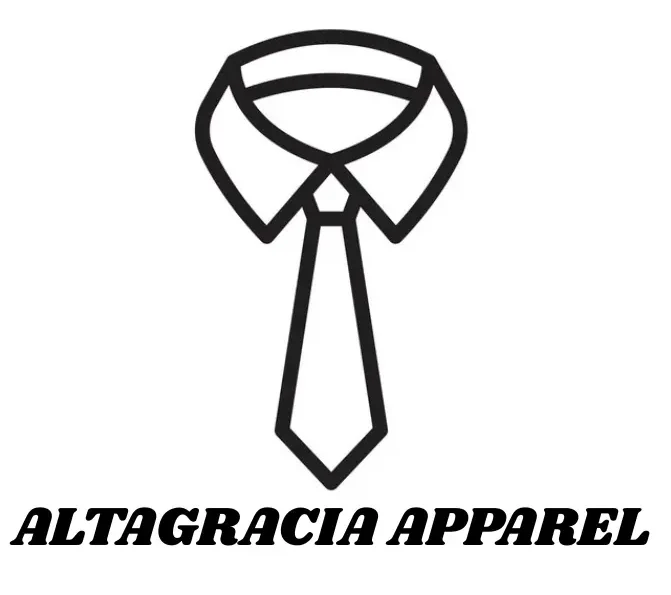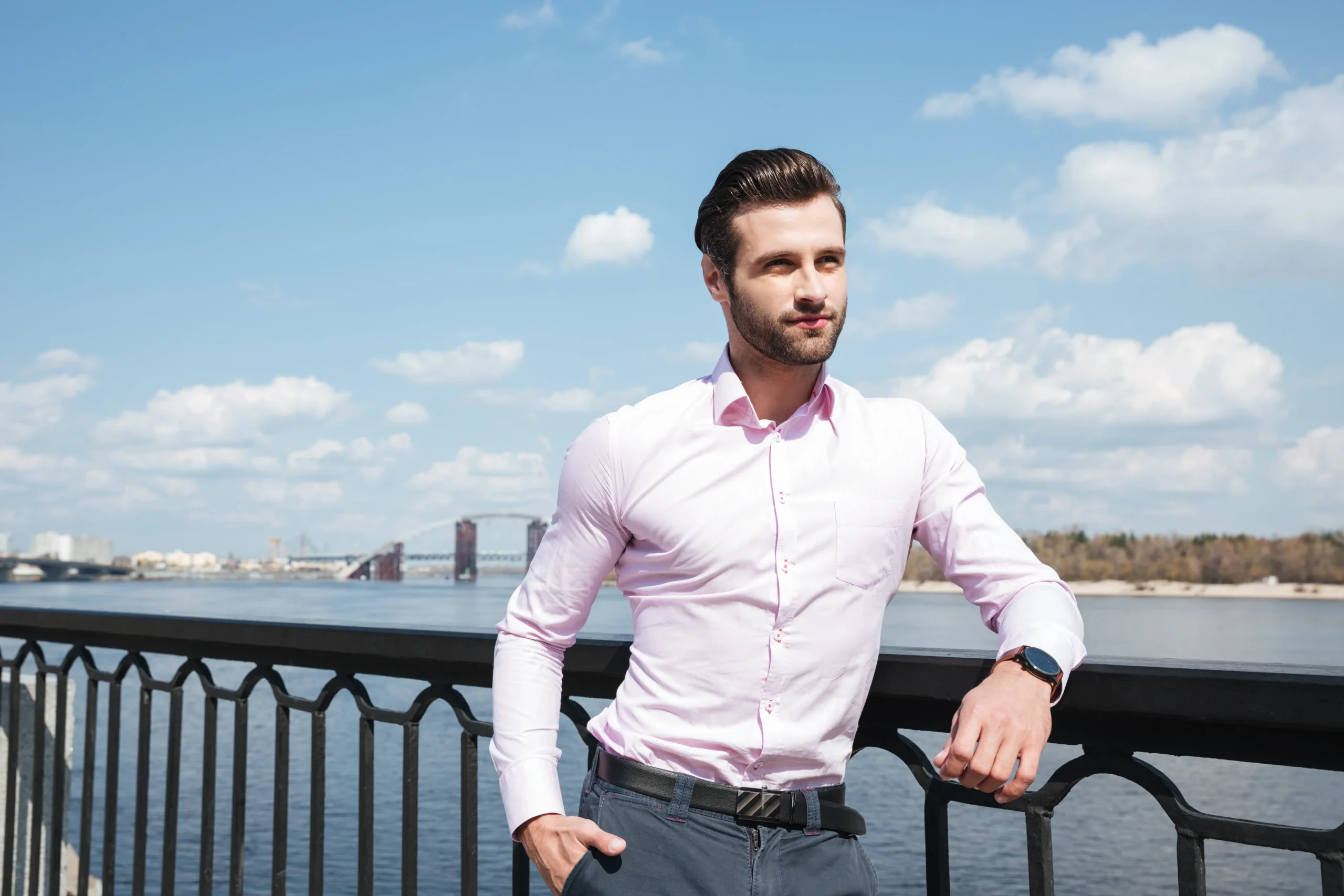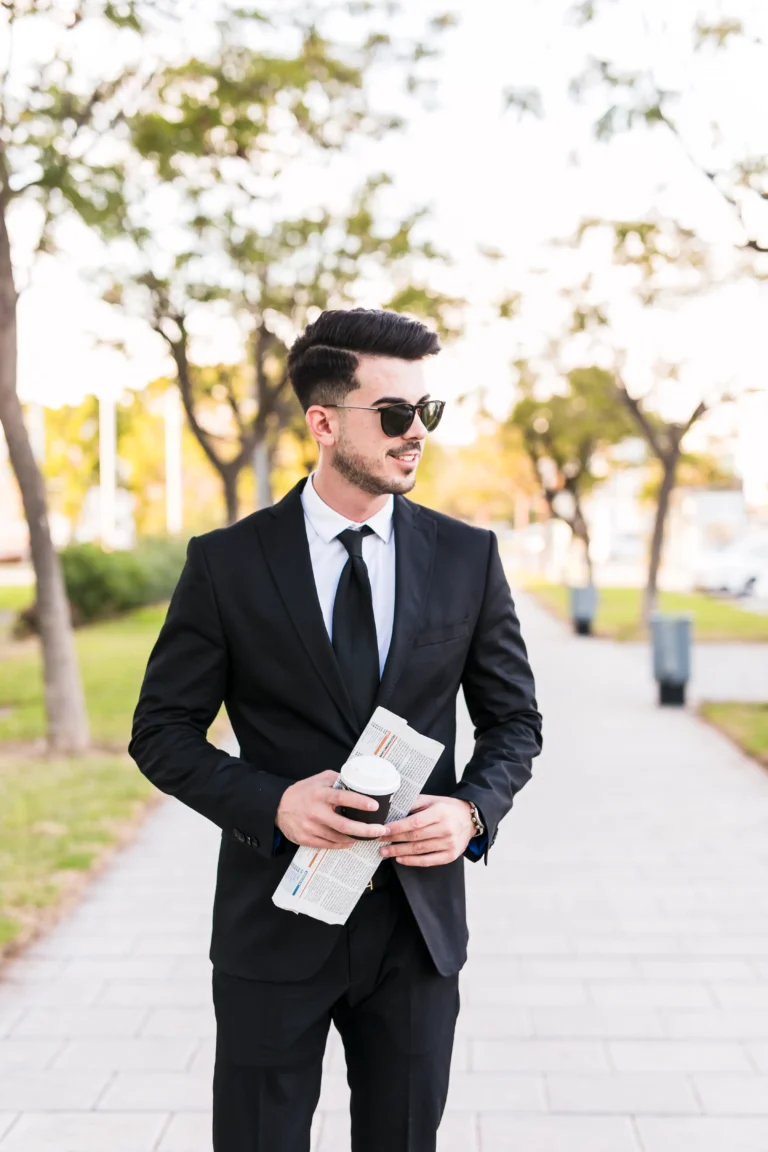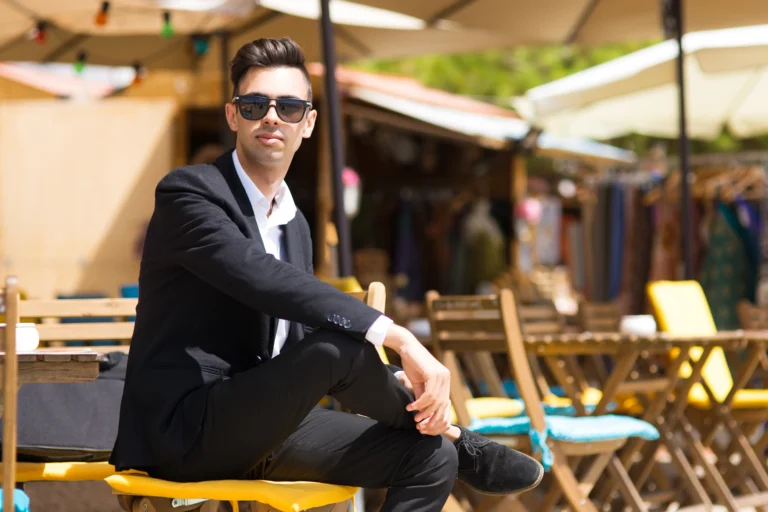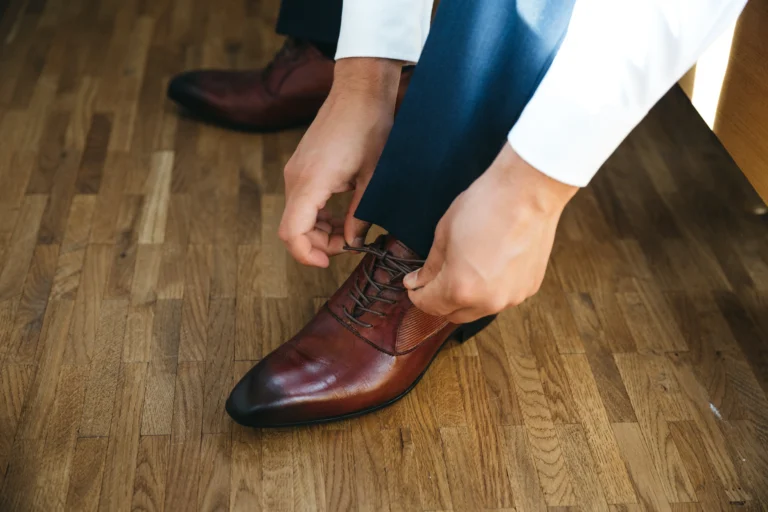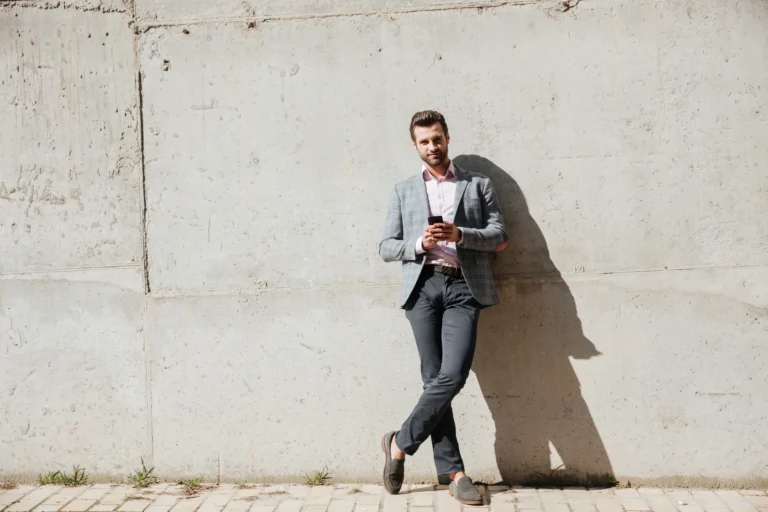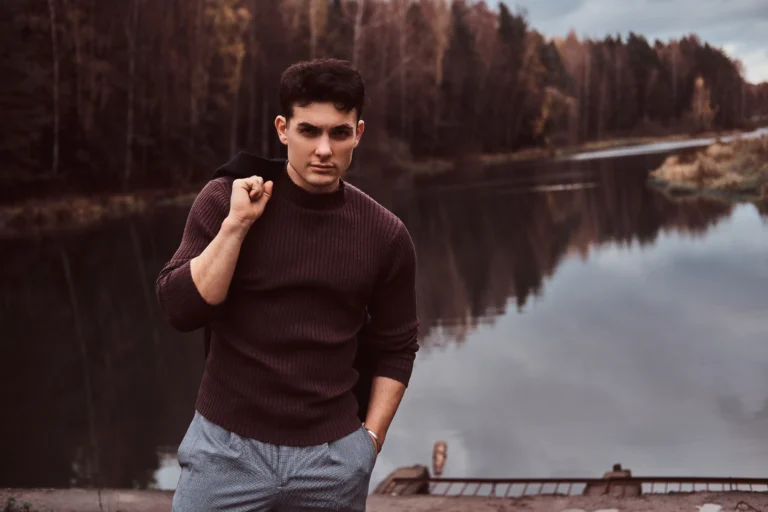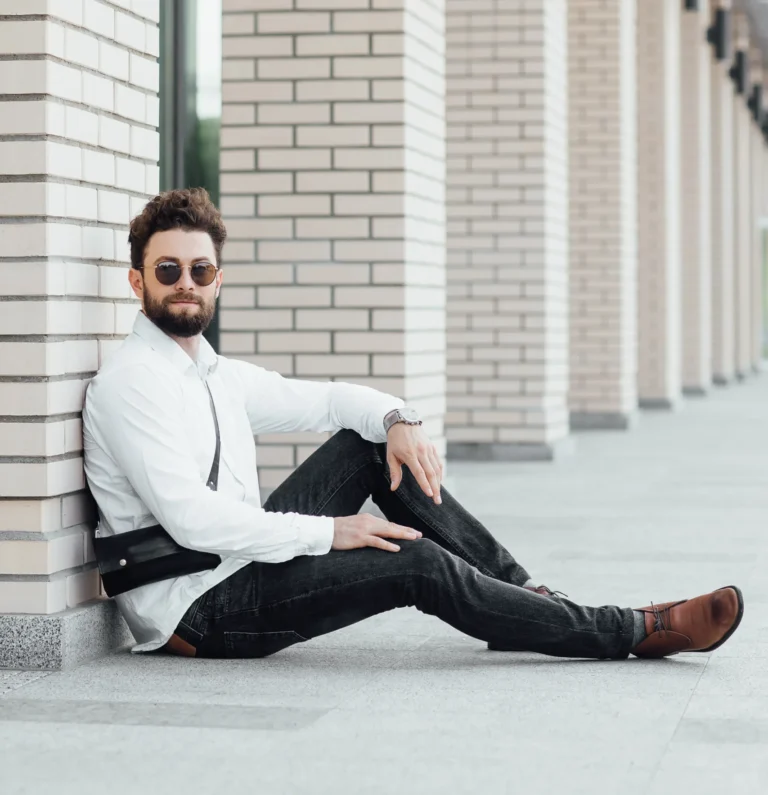Ever stand in front of your closet wondering how to look professional without wearing a full suit every day? You’re not alone. Many men face this daily difficult situation, unsure how to dress for an office that expects professionalism but also comfort. Wearing the wrong outfit can leave you feeling self-conscious, while overdressing can make you feel out of place.The question often arises: what is business casual for men, and how can you master it without overthinking every outfit?
The good news is that business casual offers the perfect solution. It blends smart pieces like button-down shirts, chinos, and polished shoes with more relaxed options, keeping you comfortable yet professional all day. In this guide, we’ll show you how to build a versatile wardrobe, choose the right combinations, and avoid common style mistakes so you can look sharp, feel confident, and make a lasting impression in any modern workplace.
By the end, you’ll have the knowledge to put together outfits that make a strong impression, boost your confidence, and take the guesswork out of daily dressing. Say goodbye to wardrobe stress and hello to effortless office style.
What is Business Casual for Men?
Business casual for men is a modern approach to dressing that mixes professionalism with comfort. It skips the traditional suit and tie but still keeps your look clean and respectful. This dress style is popular in offices that value creativity, flexibility, and a more relaxed company culture. The idea is to appear sharp and well-groomed while feeling comfortable throughout the day.
Typically, what is business casual for men means wearing tailored trousers or chinos with a collared shirt, such as a button-down or polo. You can elevate the outfit with a nice belt and polished shoes loafers, derbies, or oxfords are all great options. Blazers are optional but can be added for a refined touch when needed. Try to avoid overly casual clothing like jeans, hoodies, or sneakers, which can make the outfit look too relaxed.
So, business casual is about striking the right balance between formal and casual wear. It allows you to express your personality while maintaining professionalism. Since every company interprets this dress code differently, it’s smart to dress slightly above the minimum standard. A clean, confident appearance always makes a stronger impression than dressing too casually.
History of Business Casual
The idea of business casual is a fairly recent development in the history of workplace attire. In earlier times, men’s fashion was split mainly between formal daywear and elegant eveningwear typically involving stroller coats during business hours and tailcoats for social events. The move toward more relaxed office clothing began in the 1960s with Hawaii’s “Aloha Fridays,” where workers were encouraged to wear Hawaiian shirts to celebrate the end of the week. By the early 1990s, this trend spread across the United States, inspiring businesses to adopt a more comfortable approach to professional dressing.
As cultural norms shifted, employees started valuing comfort and practicality just as much as professionalism. The trend grew stronger in the 1980s and 1990s, influenced by Silicon Valley’s laid-back work culture and fashion brands like Dockers promoting khakis as modern office wear. So what is business casual for men soon evolved from a Friday exception to a standard office style, reflecting changing attitudes about productivity and workplace freedom. presentation.
In today’s hybrid workplaces, business casual continues to evolve. Many professionals now balance on-site and remote work, choosing comfort-driven styles that maintain a polished appearance even in virtual meetings.
Key Elements of Business Casual for Men
Building what is business casual for men wardrobe starts with understanding its key components. Each element plays a role in balancing professionalism with comfort. From well-fitted shirts and tailored trousers to smart footwear and minimal accessories, these essentials create a refined yet relaxed look suitable for modern workplaces
Tops
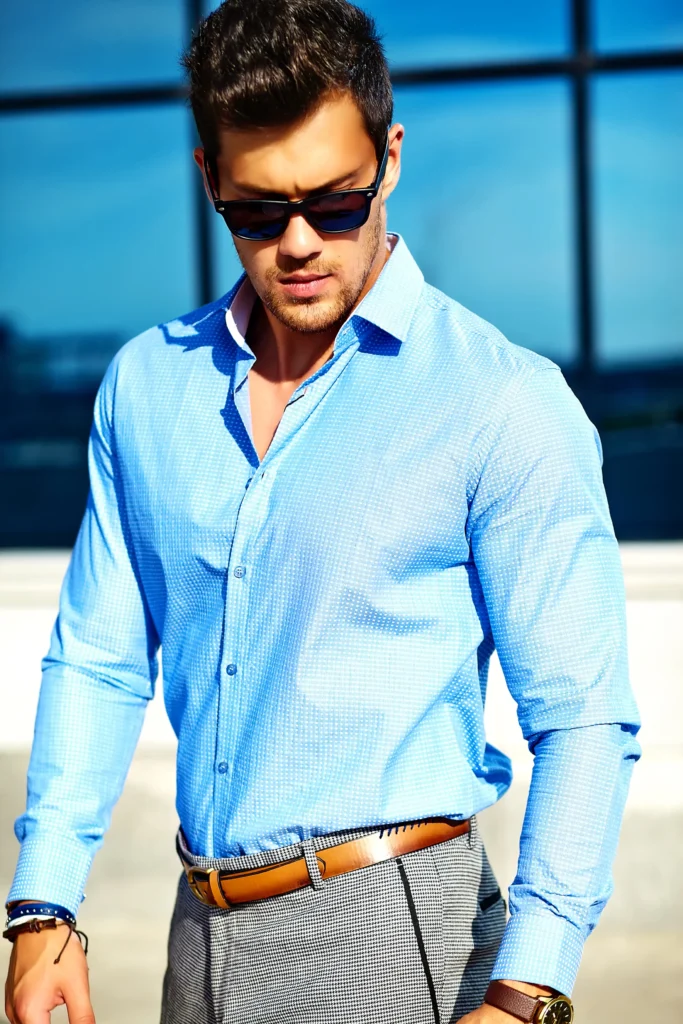
A versatile selection of tops is the foundation of any men’s business casual wardrobe. Classic button-down shirts in solid colors or subtle patterns remain a go-to for maintaining a polished and professional look. Oxford shirts provide structure and sophistication, while polo shirts offer a slightly relaxed option suitable for warmer days or creative work environments. Layering pieces such as V-neck or crew-neck sweaters can be paired over shirts for added style and warmth, and lightweight blazers or sport coats instantly elevate any outfit, making it appropriate for meetings or presentations. In more modern or creative offices, Henley shirts can serve as a smart yet comfortable alternative, striking the perfect balance between casual and professional.
Bottoms

Selecting the right bottoms is essential to achieving a balanced business casual look. Chinos and khakis are versatile staples that can be dressed up with a blazer or kept relaxed with a simple shirt. Dress trousers offer a more formal touch when attending important meetings or client events. Dark, well-fitted jeans are acceptable in many casual or creative workplaces, provided they are free of rips or excessive fading. Neutral colors such as navy, grey, or beige make mixing and matching tops effortless, while tailored shorts may also work in warmer climates without compromising a professional appearance. Proper fit and fabric choice ensure comfort and maintain a polished silhouette throughout the day.
Footwear
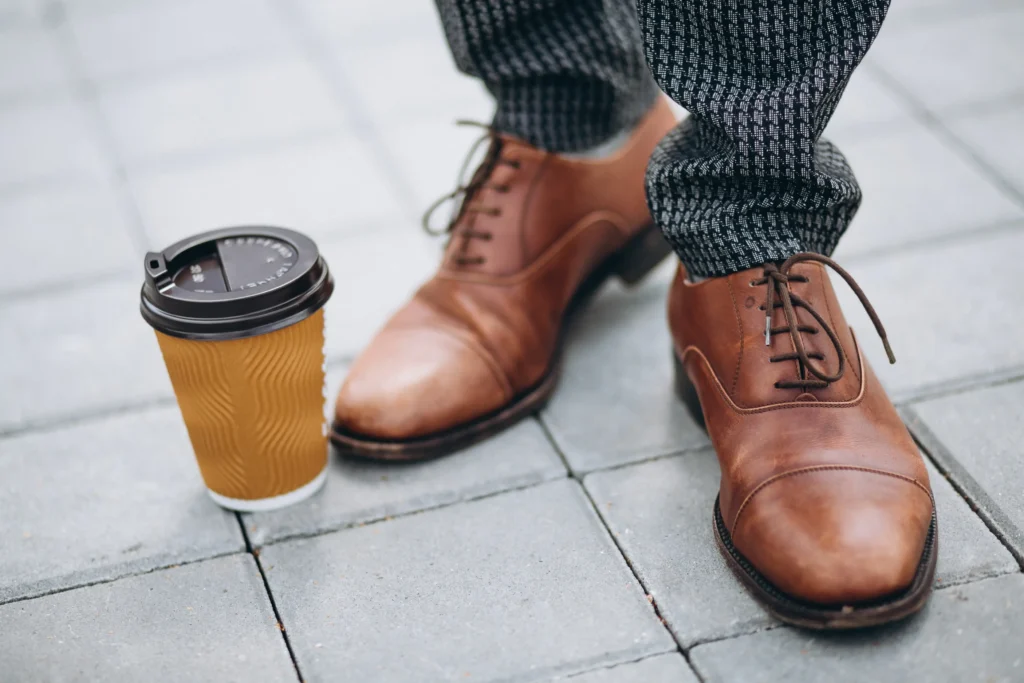
Footwear plays a crucial role in defining the overall tone of a business casual outfit. Classic loafers are a versatile and comfortable choice, seamlessly complementing both chinos and dress trousers. Derby shoes and Brogues offer a sharper, more formal edge for occasions that demand extra sophistication. For a modern twist, chukka boots or monk strap shoes add style and personality while remaining office-appropriate. Sneakers can be incorporated only in offices that allow casual attire, and regardless of style, shoes should always be clean, well-maintained, and paired thoughtfully with belts or other accessories.
Outerwear
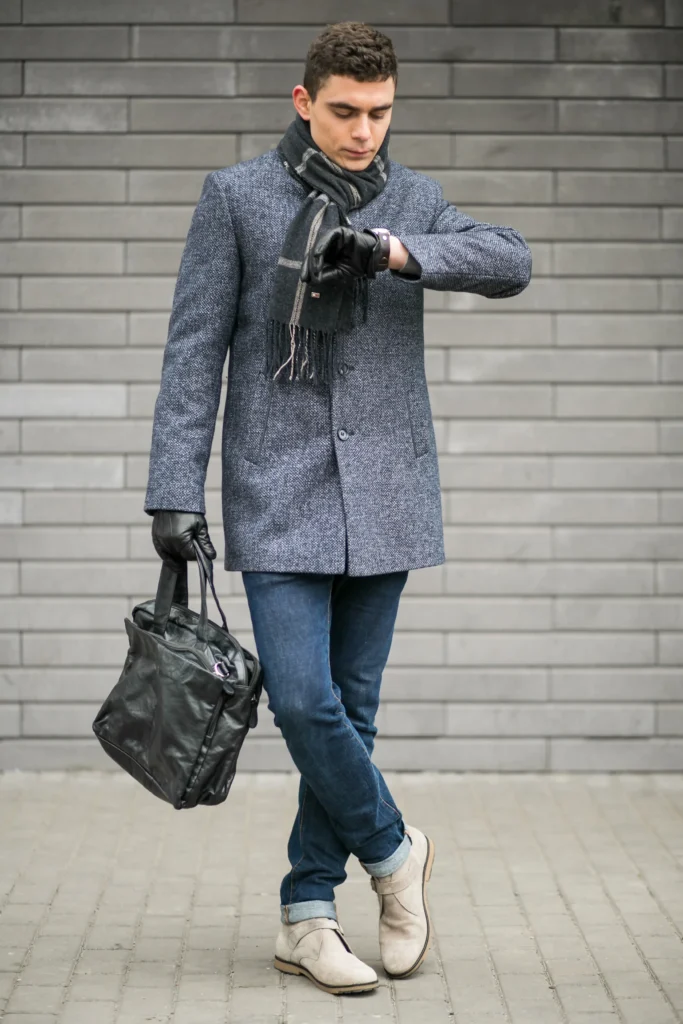
Outerwear not only protects from the elements but also enhances the overall appearance of a what is business casual for men outfit. Blazers and sport coats can be layered over shirts or sweaters to create a polished and professional look suitable for meetings or presentations. Lightweight jackets work well in transitional weather and provide a stylish yet practical option for daily wear. For colder seasons, trench coats or overcoats ensure warmth without compromising style. Choosing neutral and versatile colors allows these outerwear pieces to pair effortlessly with most tops and bottoms, making them essential components of a functional wardrobe.
Accessories
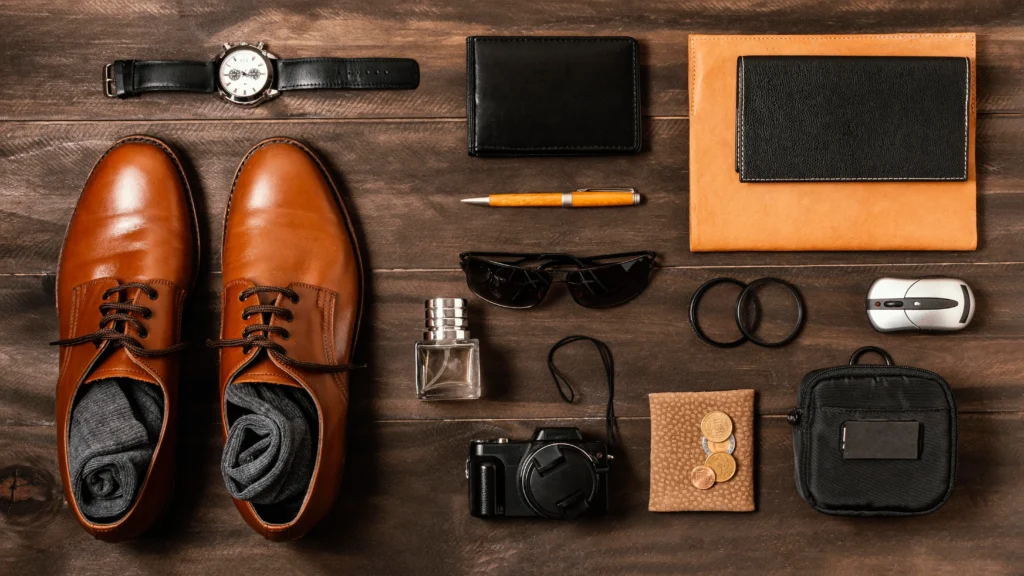
Well-chosen accessories can subtly elevate a business casual outfit without overpowering it. A leather belt that matches your shoes maintains cohesion, while a simple wristwatch adds a refined and professional touch. Socks should be plain or feature minimal patterns to complement the overall look. Optional details, such as a tie, pocket square, or minimalist bracelets, can add personality or a hint of formality when needed. Accessories should always enhance the outfit, keeping the focus on clean lines, professional styling, and a polished appearance.
How to Build a Business Casual for Men Wardrobe
Building a what is business casual for men wardrobe doesn’t mean buying a full suit or fancy designer clothes. It’s about creating a set of versatile pieces that look polished, feel comfortable, and can be mixed and matched for different occasions at work.
- Build Gradually: Start with essentials. Once you have the basics, add seasonal pieces or trendy items. Your wardrobe should allow easy mix-and-match combinations, making it simple to look stylish every day without overthinking.
- Understand what is business casual for men: First, know what “business casual” means in your workplace. It’s usually a mix between formal and casual. You don’t need a tie every day, but you should look neat and professional think crisp shirts, tidy trousers, and smart shoes.
- Shirts are Key: Start with a variety of shirts. Button-downs in solid colors or subtle patterns are essential. Oxford shirts offer a slightly more formal vibe. Polos are great for casual days or summer months. The right shirt sets the tone for your whole outfit.
- Trousers Matter: Pair your shirts with chinos, khakis, or dress pants. These are versatile, comfortable, and look professional. Dark, well-fitted jeans can work if your office allows it. Always choose trousers that fit well around the waist and legs.
- Layer Smartly: Add blazers, sweaters, or cardigans to elevate your look. Blazers can instantly make a simple shirt-and-trouser outfit look professional. Sweaters or cardigans are perfect for cooler months and add depth to your style.
- Shoes Make a Difference: Footwear completes the look. Loafers, Derby shoes, and Brogues are classic business casual options. If your office is relaxed, clean leather sneakers can work too. Remember to match your shoes with your belt for a cohesive look.
- Outerwear: Jackets, trench coats, or casual blazers are practical for seasonal changes and add a layer of style.
- Accessories: Keep it minimal such as a watch, leather belt, and subtle socks are enough. Optional accessories like a tie or pocket square can add personality during meetings or presentations.
- Colors & Fit: Stick to neutral colors like white, blue, grey, and beige as the base. Add accent colors gradually. Fit is everything a well-fitted shirt or blazer looks better than an expensive but ill-fitting one. Tailoring is worth the investment.
Seasonal Guide to What Is Business Casual for Men
Seasonal changes can greatly affect how you wear business casual outfits. Choosing the right fabrics, colors, and layers ensures you stay comfortable while maintaining a polished, professional look. Understanding these seasonal adjustments helps you adapt your wardrobe throughout the year without compromising style or office-appropriate standards.
Spring & Summer

In the warmer months, focus on comfort with breathable fabrics like cotton or linen that keep you cool and stylish. Light-colored shirts in white, pastel, or beige pair perfectly with chinos or lightweight trousers for a polished look. Add a thin blazer or cardigan for cooler mornings, and complete the outfit with loafers or clean leather shoes. No-show socks give a relaxed yet refined touch, ideal for maintaining a smart summer style.
Autumn & Winter

As temperatures drop, heavier fabrics like wool, flannel, or corduroy become essential. Layering is crucial such as pair shirts with sweaters, cardigans, or blazers for warmth and style. Richer, deeper tones such as navy, charcoal, and earthy browns suit the colder months perfectly. Invest in a quality wool coat or trench for commuting, and choose footwear that is both season-appropriate and weather-resistant, like leather or suede loafers.
Layering & Color Coordination
Regardless of the season, layering is your friend. It allows you to adjust to temperature changes while maintaining a professional look. Stick to neutral and complementary colors when mixing layers to ensure your outfits remain cohesive and stylish.
By selecting season-appropriate fabrics, colors, and layers, you can build a what is business casual for men wardrobe that is functional, adaptable, and effortlessly elegant throughout the year.
Occasion-Wise Business Casual Style Tips for Men
Dressing appropriately for different what is business casual for men settings is essential for making a professional impression. This guide breaks down outfit choices, shoes, and accessories for each occasion, helping men stay stylish, comfortable, and office-ready. By following these tips, you can effortlessly balance professionalism with personal style.
| Occasion | Recommended Outfit | Styling Tips & Accessories |
|---|---|---|
| Daily Office | Button-down shirt or polo, chinos or khakis, loafers | Neutral colors, proper fit such as leather belt matching shoes, wristwatch, plain socks |
| Client Meeting | Oxford shirt, dress trousers, blazer, Derby shoes | Add a tie if needed, polished shoes like leather belt, classic watch, minimal cufflinks (optional) |
| Casual Fridays | Polo or Henley, dark jeans or chinos, loafers or clean sneakers | Dark denim preferred, tucked-in shirt looks neat like casual watch, simple leather or fabric belt, subtle patterned socks |
| Business Lunch | Light-colored button-down shirt, chinos, optional blazer, loafers | Roll up sleeves for relaxed vibe such as leather belt, minimalist watch, optional bracelet |
| Networking Event | Dress shirt, dress trousers, blazer, Brogues or Monk straps | Classic colors, clean lines such as leather belt, elegant watch, subtle pocket square, cufflinks optional |
| Job Interview | Crisp dress shirt, dress trousers, blazer or suit jacket, polished Derby or Brogue shoes | Stick to neutral or classic colors which are leather belt, sleek watch, minimal accessories, neat grooming |
| Evening Business Event | Dark dress shirt, dress trousers, blazer or sport coat, polished Derby or Brogue shoes | Dark tones for evening which include leather belt, sleek watch, cufflinks optional, pocket square for subtle elegance |
| Hot Weather | Polo or lightweight button-down, tailored shorts or chinos, loafers or casual shoes | Light fabrics, breathable which contains light leather or woven belt, sunglasses, simple watch, no socks or invisible socks |
| Cold Weather | Sweater layered over shirt, dress trousers or chinos, blazer or overcoat, boots | Layer properly, warm tones like leather belt, wristwatch, scarf, gloves optional, polished boots |
Mistakes in Business Casual for Men and How to Avoid Them
Dressing in what is business casual for men may seem simple, but many men make subtle mistakes that can undermine their professional image. From poorly fitted clothing to inappropriate shoes or mismatched colors, small errors can stand out. Understanding these common pitfalls and learning how to avoid them ensures you always look polished, confident, and office-ready.
Common Business Casual Mistakes for Men
- Poor Fit: Wearing shirts, trousers, or blazers that are too tight, too loose, or ill-proportioned.
- Overly Casual Attire: Ripped jeans, hoodies, sneakers, or T-shirts that don’t align with office standards.
- Neglecting Shoes & Accessories: Worn-out shoes, mismatched belts, flashy or distracting accessories.
- Clashing Colors & Patterns: Bold or mismatched colors and patterns that appear chaotic.
- Improper Layering: Wearing too many layers that overwhelm the frame or too few that look underdressed.
- Ignoring Grooming: Untidy hair, untrimmed nails, or generally sloppy appearance.
- Overlooking Seasonal Needs: Wearing fabrics unsuitable for the weather, like heavy wool in summer.
How to Avoid Business Casual Mistakes
- Ensure Proper Fit: Tailoring shirts, trousers, and jackets creates a clean, structured silhouette. Well-fitted clothes instantly improve your professional appearance and confidence.
- Choose Appropriate Clothing: Stick to chinos, dress trousers, button-downs, polos, and blazers. These choices maintain professionalism while keeping your look comfortable and stylish.
- Pay Attention to Shoes & Accessories: Clean shoes and matching belts complete your outfit. Minimal accessories show attention to detail and elevate your overall appearance.
- Stick to Neutral Colors & Subtle Patterns: Neutral shades and simple patterns look cohesive and polished. Avoiding clashing colors prevents a chaotic or unprofessional impression.
- Layer Smartly: Layer lightweight sweaters or tailored jackets appropriately for the season. Proper layering ensures style, comfort, and a well-proportioned look.
- Maintain Grooming: Keep hair, nails, and facial hair neat and tidy. Good grooming reinforces professionalism and creates a strong first impression.
- Dress Seasonally: Choose breathable fabrics in summer and warmer layers in winter. Dressing appropriately for the weather keeps you comfortable and maintains a sharp, professional appearance.
Grooming and Presentation Tips for What Is Business Casual for Men
When it comes to mastering what is business casual for men style, grooming and presentation play a crucial role in completing your look. A well-chosen outfit can lose its impact if not paired with neat grooming and confident presentation. From maintaining a clean haircut and polished shoes to ensuring your clothes are wrinkle-free, these small details help project professionalism and attention to detail.
- Keep Hair Neat: Maintain a clean, well-groomed hairstyle that complements your face shape and workplace environment. Regular trims prevent a messy look and keep you appearing polished.
- Trim Facial Hair: Whether you prefer a clean shave or a beard, keep it neatly trimmed and even. Well-maintained facial hair reflects discipline and attention to detail.
- Practice Good Hygiene: Personal hygiene is essential to looking professional. Fresh breath, clean nails, and a simple skincare routine help you stay fresh and confident throughout the day.
- Wear Clean, Pressed Clothes: Always ensure your outfits are wrinkle-free and spotless. Crisp, well-maintained clothing instantly enhances your business casual appearance.
- Use Subtle Fragrance: A light, pleasant cologne can make a strong impression, but avoid strong or overwhelming scents. Subtlety shows refinement and respect for personal space.
- Polish Shoes & Accessories: Clean, polished shoes and coordinated accessories complete your look. They add structure and show that you pay attention to even the smallest details.
- Project Confidence: Good posture, eye contact, and a calm demeanor elevate your entire presence. Confidence combined with proper dressing creates a lasting professional impression.
In conclusion, you know what is business casual for men, you have a clear roadmap to dress smartly while staying comfortable. From selecting the right shirts and trousers to choosing appropriate footwear and accessories, this guide has provided practical solutions to all the common challenges of business casual dressing. As promised, we’ve walked you through the essentials, seasonal tips, and style mistakes to avoid, ensuring you can confidently put together outfits that match your workplace culture. By following these tips, you can maintain a polished, professional appearance every day, balancing comfort with style effortlessly.
